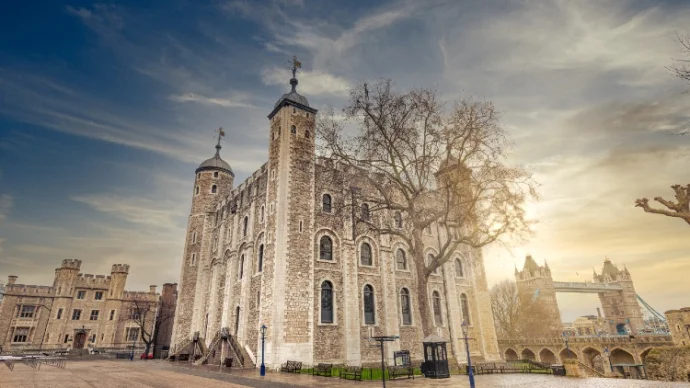
About Fenton House
Fenton House in Hampstead in North London was built in the seventeenth century and has since remained almost entirely unchanged. Until 1952, the house had been continuously occupied over the period of three hundred years.
Today, Fenton House and its gardens are managed by the National Trust and the house includes exhibits of, amongst other things, porcelain and early keyboard instruments.
History of Fenton House
Fenton House was built in around 1686 by William Eades. At that time, large houses in Hampstead were being built for the professional classes who wanted to live close to London but far away from congestion and pollution.
From the late 17th century, the house changed hands a number of times, with Philip Fenton, the house’s namesake, purchasing it in 1793. After the last remaining Fenton family member sold the house, subsequent owners made little if any changes to the fabric and appearance of the building.
Katherine, Lady Binning, purchased the house in 1936, but spent little time there, and actually let the previous tenant of the house remain. Fenton House was bequeathed to The National Trust by Lady Binning, its last owner and resident, upon her death in 1952.
The house has an extensive collection of seventeenth century furniture, needlework, porcelain, paintings, and other historical treasures.
Fenton House also has a walled garden, which is large by London standards, and features a sunken garden, a kitchen garden, and a 300-year-old orchard, where around 30 types of apple trees grow.
Fenton House Today
Today, visitors can enjoy the extensive house and gardens and the stunning collection of historical artefacts that provide a good example of the development that took place across this part of the heath from the mid 17th century.
If you’re lucky, you’ll hear one of the 17th or 18th century harpsicords being played.
Getting to Fenton House
Fenton House is easily accessed by London’s well-developed transport system. From King’s Cross Underground Station, the house is reachable in around 20 minutes by taking the tube 5 stops north to Hampstead station. It’s also reachable by car, though parking might be an issue.
Fenton House is a short walk north from Hampstead underground station, along Holly Hill, Holly Bush Hill then into Hampstead Grove.
There are two entrances into Fenton House, the first from Holly Bush Hill that leads through an ornate gateway and garden to the front of the house, and the second entrance which is the view in the above two photos in Hampstead Grove.
Featured In

London Historic Sites
Londinium, The Big Smoke, The Great Wen: London has experienced its fair share of change over its 2000-year history. Here's our pick of some of the British capital's most famous historic sites to visit today.




















